Why are imported cells more expensive than domestic ones

Sep 27 2022
Why the imported electric core is more expensive than the domestic electric core mainly includes the following aspects: For a cell, product cost is critical. But there are also reasons for the high price of imported electric cells. At present, lithium battery manufacturers are also trying to reduce production costs and improve product quality. However, if imported batteries want to enter the domestic market, they must pass international certification before they can be sold. In order to ensure that the quality and performance of home battery cells meet the standards of overseas markets, international certification must be carried out. These two factors have increased the production cost of batteries to a certain extent. The technical routes in the field of power battery in China have always been lithium iron phosphate, ternary, lithium manganate and lithium iron phosphate, among which lithium iron phosphate battery technology is the most mature. Tesla Model 3, which was unveiled at the Shanghai Auto Show on July 5, 2018, uses lithium iron phosphate battery as the power battery. However, we know that the battery materials of Tesla Model 3 are mainly ternary materials: graphite (LiFeF) and ternary materials (LiFeNCM811), among which ternary materials are the most used materials in lithium batteries, accounting for about 70% of the total; The other half of the power battery is from silicon iron phosphate (LiFeNCM811). This technology route is more expensive than other ternary battery technology routes. The raw materials in China mainly include lithium ore, lithium salt, electrolyte and diaphragm. In terms of lithium ore, China is mainly distributed in Xinjiang, Qinghai, Tibet and Yunnan, among which Xinjiang accounts for more than 70% of the national resource reserves and Qinghai accounts for about 10% of the national resource reserves. Therefore, lithium raw materials account for 20% - 30% of the cost of lithium battery raw materials in China. Chinese lithium battery manufacturers mainly include Shandong Yantai Wanhua Chemical Co., Ltd., Salt Lake Co., Ltd., Jiangsu Zhongtian Science and Technology Co., Ltd., Tianci Materials Group Co., Ltd., Huizhou Tianci Chemical Co., Ltd., etc. Lithium salts mainly include magnesium chloride, calcium chloride, lithium iron phosphate, etc. In terms of electrolyte, China mainly uses lithium battery to produce electrolyte from enterprises in Japan, South Korea and other countries. Lithium iron phosphate has a small market share in China, while Japan and South Korea have huge advantages. 80% of the raw materials needed for lithium iron phosphate come from foreign enterprises. The cell manufacturing process includes cell packaging, cell manufacturing, lithium battery testing, battery production and manufacturing, battery sales and other links, which requires a lot of manpower, material and financial resources to complete. Of course, the manufacturing process is also divided into many levels, and each level of proces...
Read More
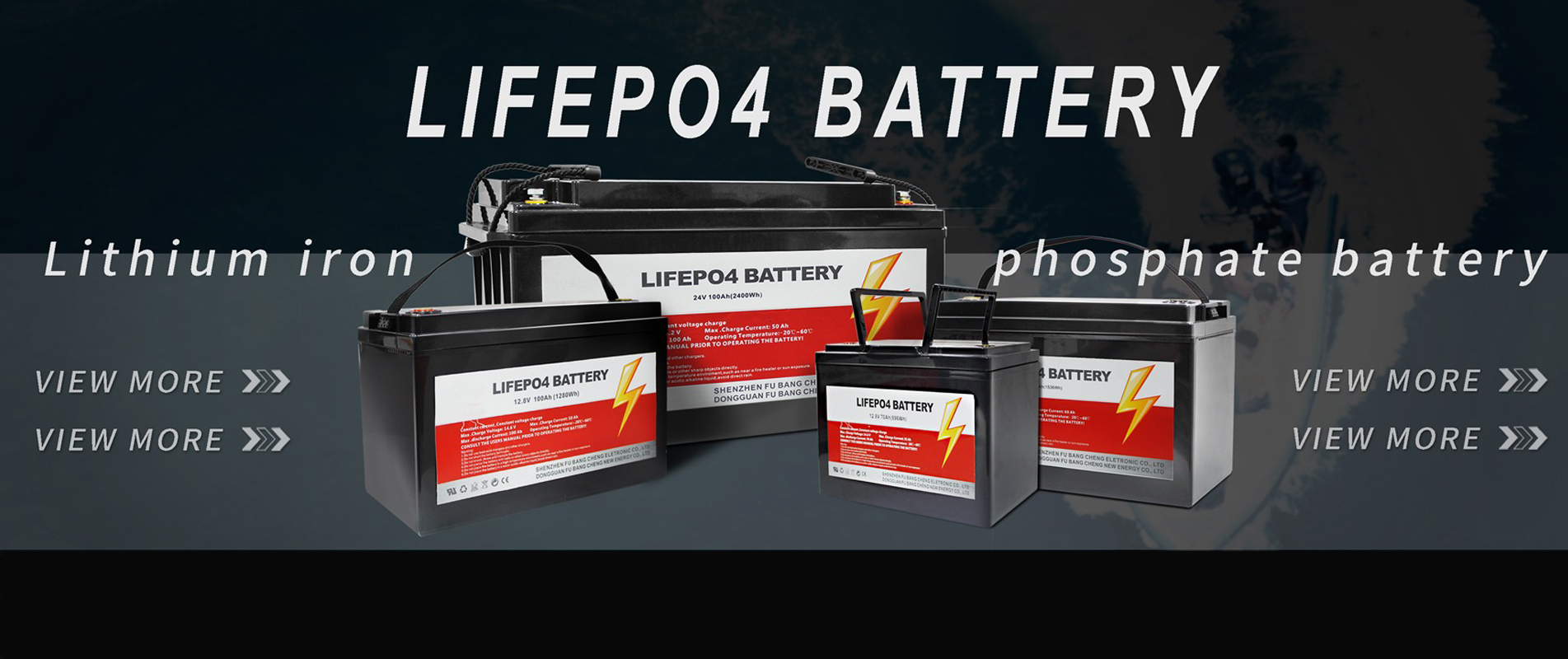
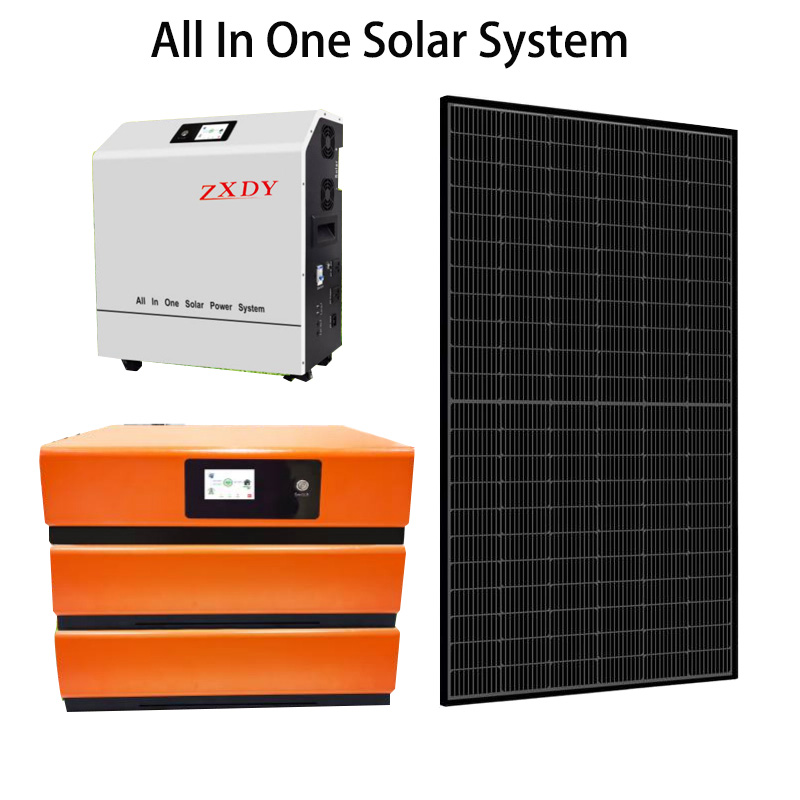
 Oct 13 2022
Oct 13 2022 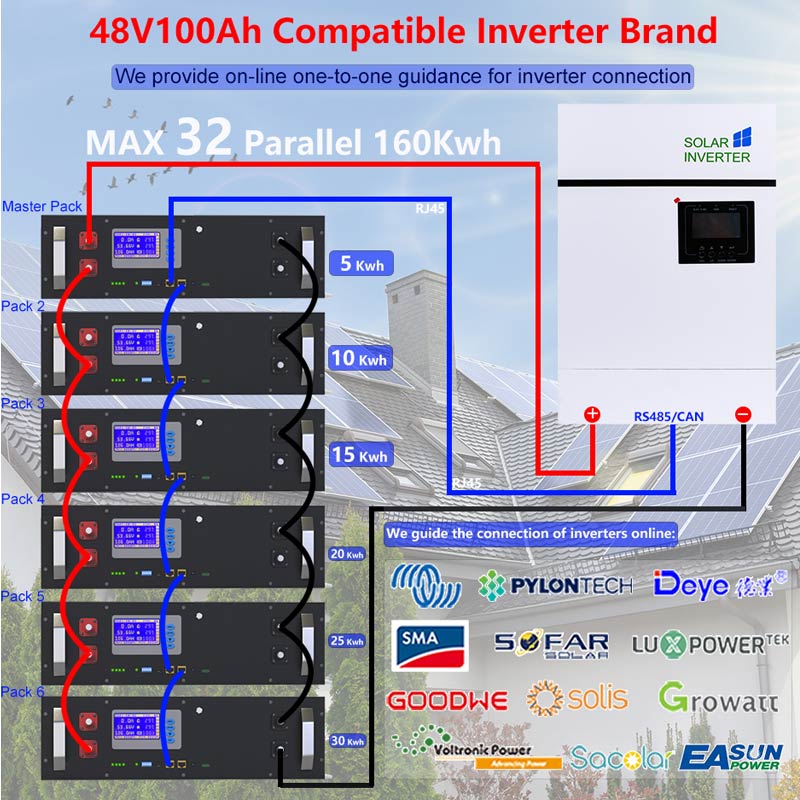
 Oct 12 2022
Oct 12 2022 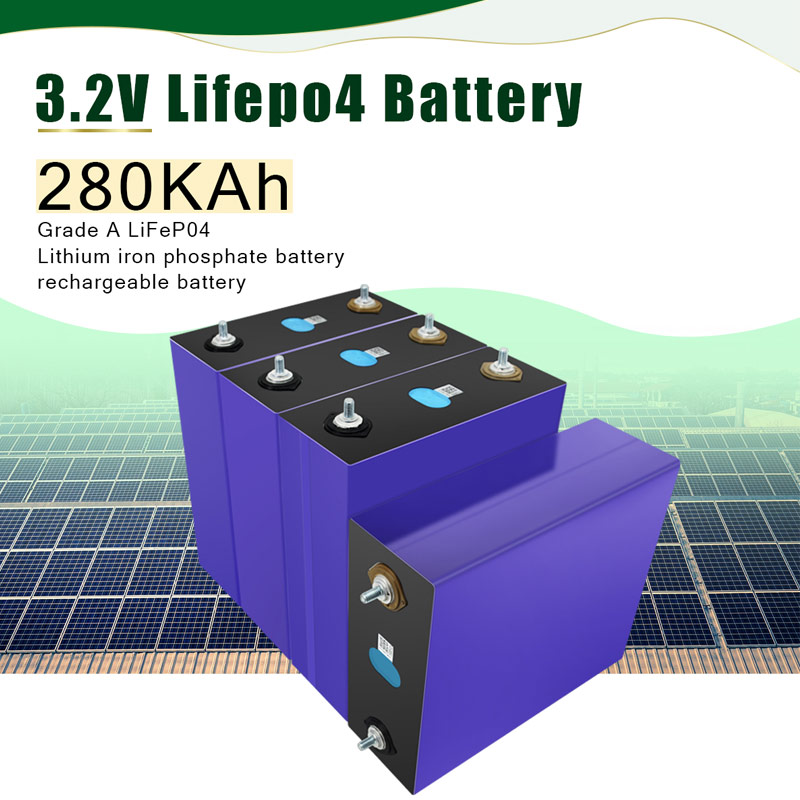
 Sep 27 2022
Sep 27 2022 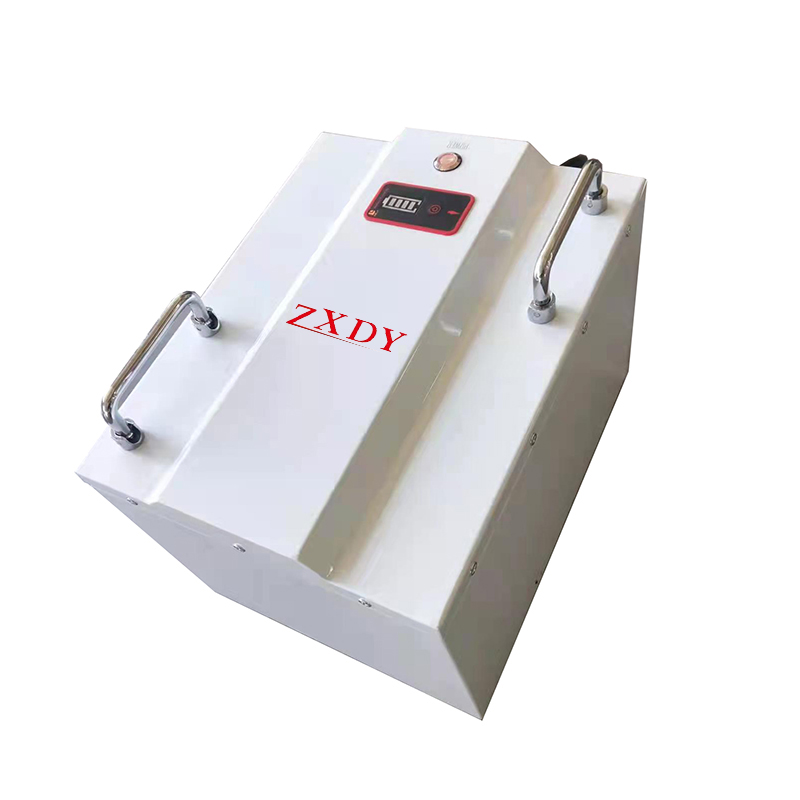
 Sep 16 2022
Sep 16 2022 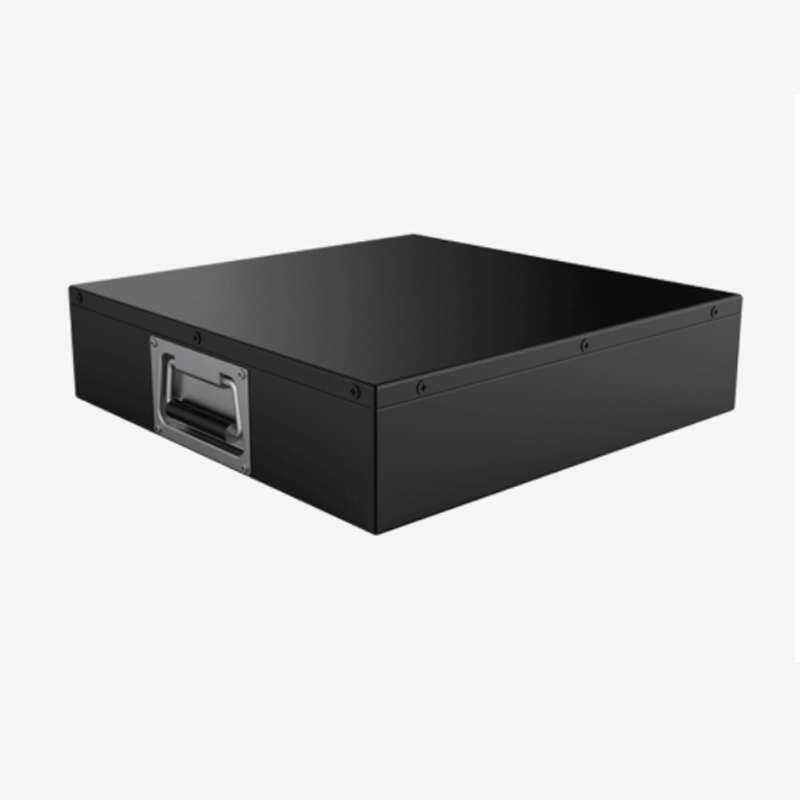
 Sep 15 2022
Sep 15 2022 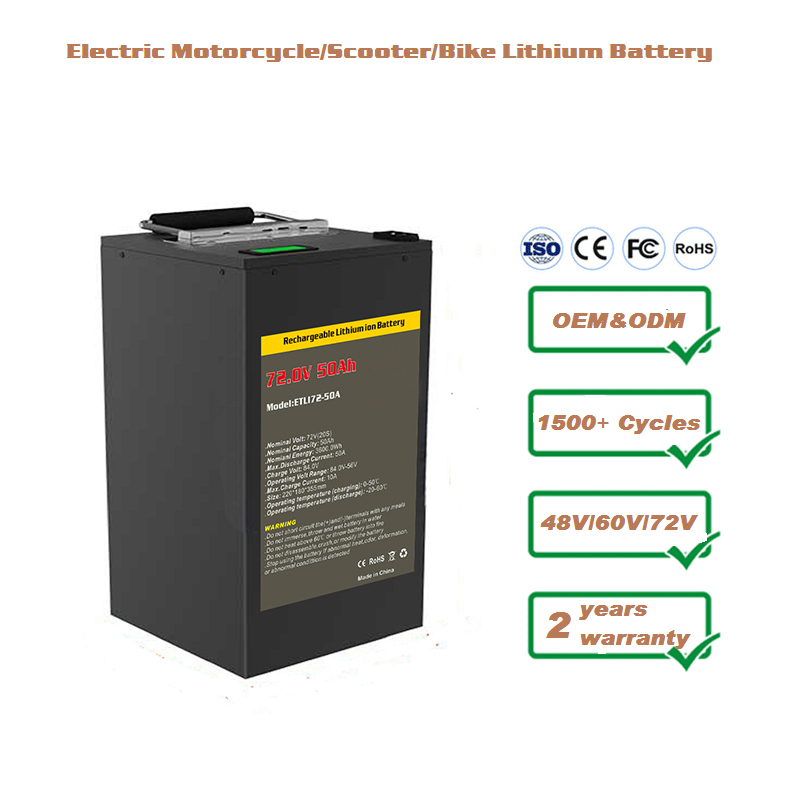
 Sep 01 2022
Sep 01 2022 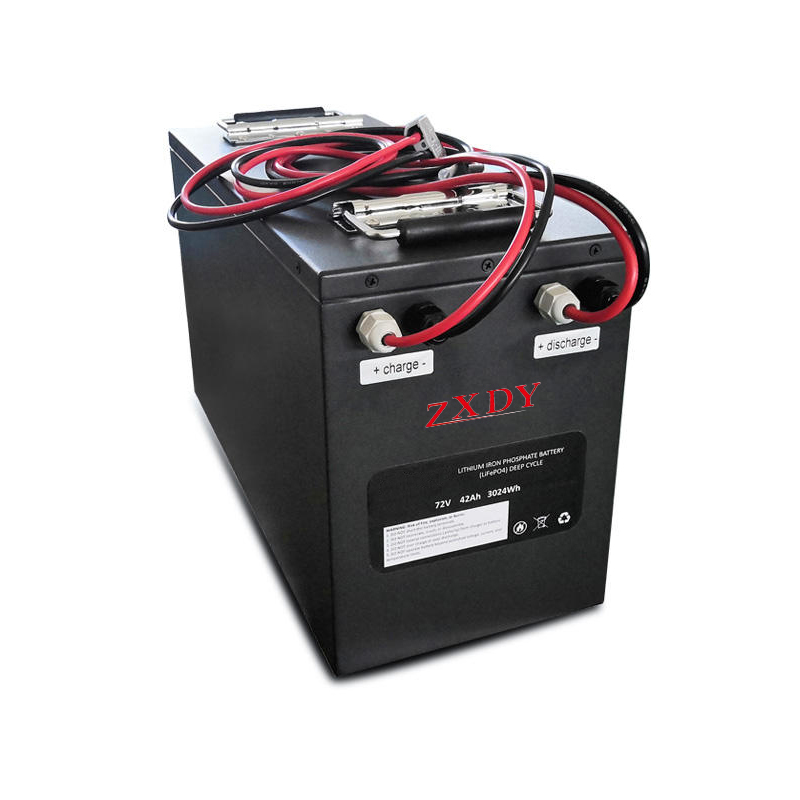
 Sep 01 2022
Sep 01 2022 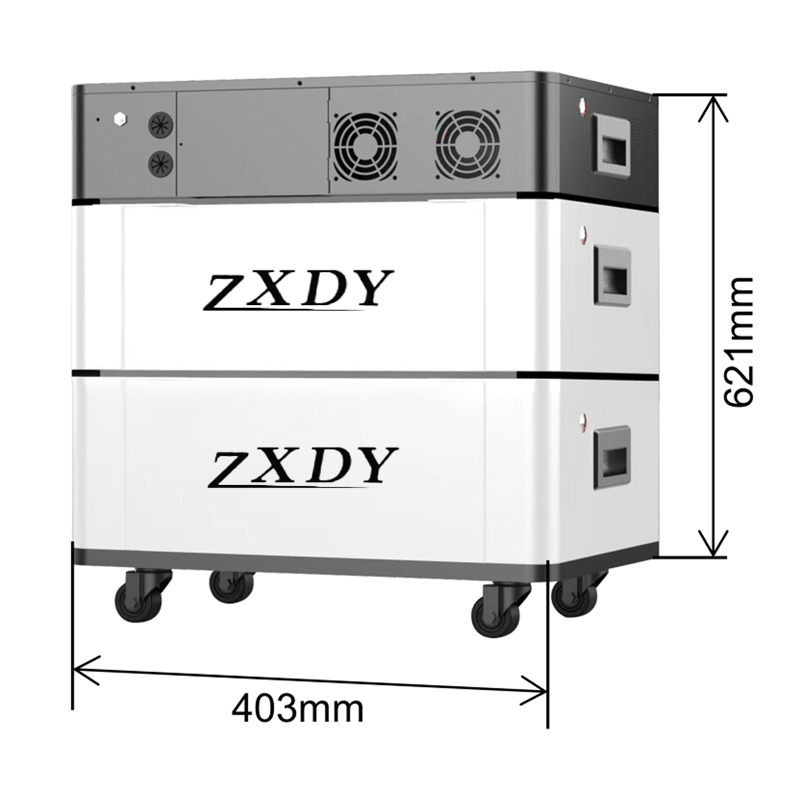
 Aug 29 2022
Aug 29 2022 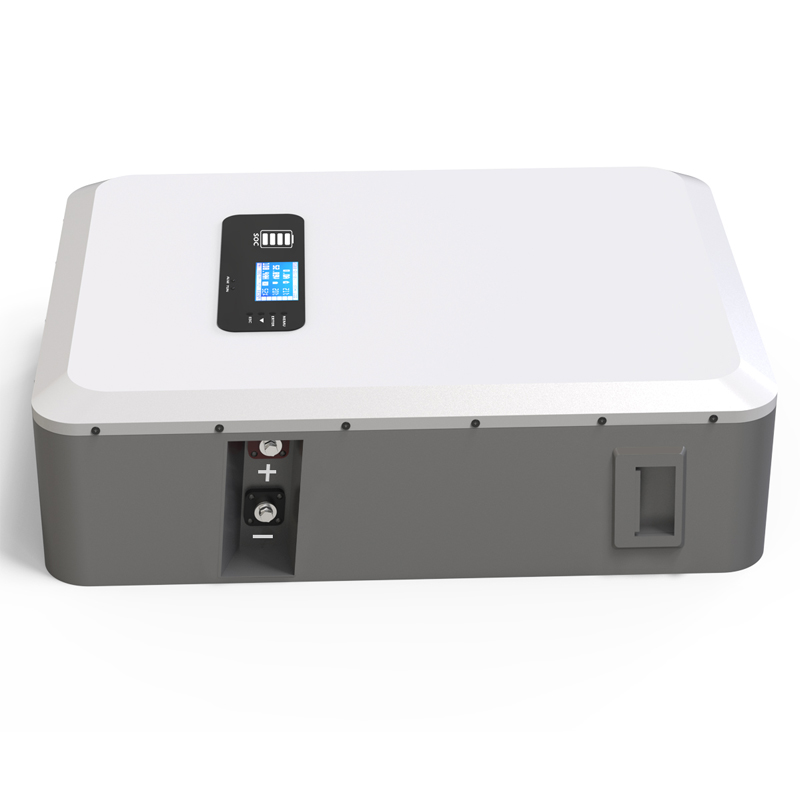
 Aug 29 2022
Aug 29 2022 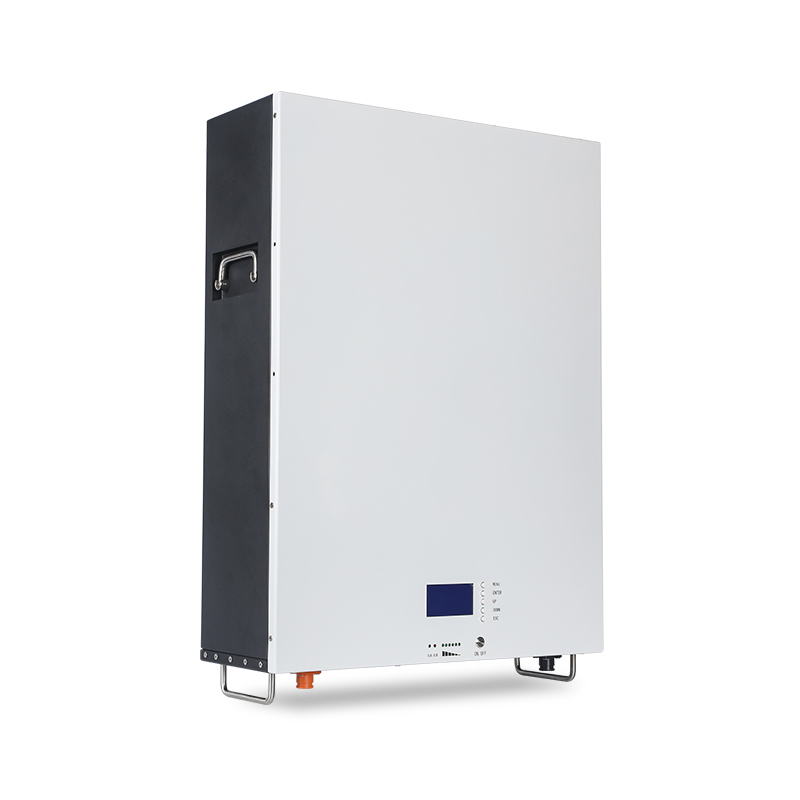
 Jul 30 2022
Jul 30 2022 